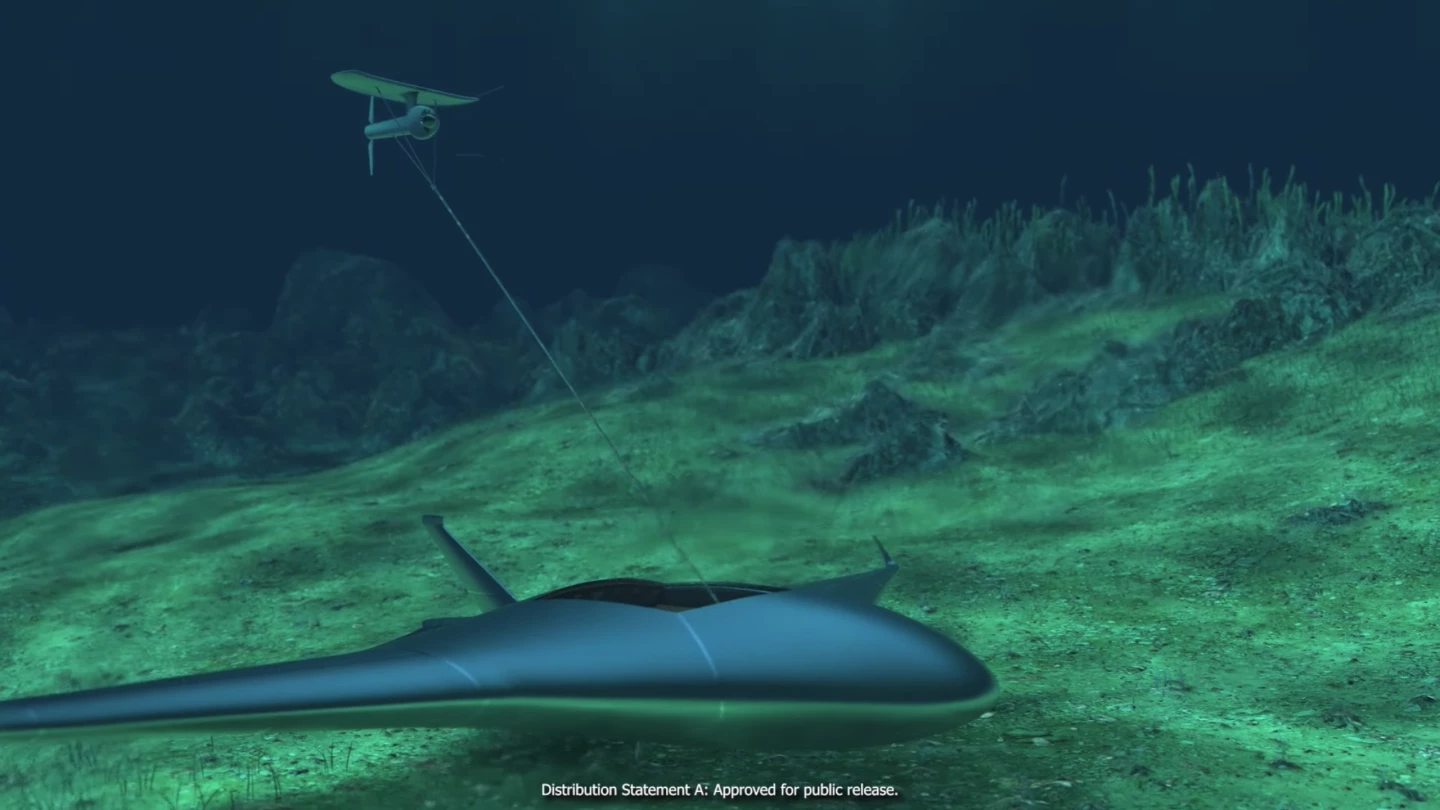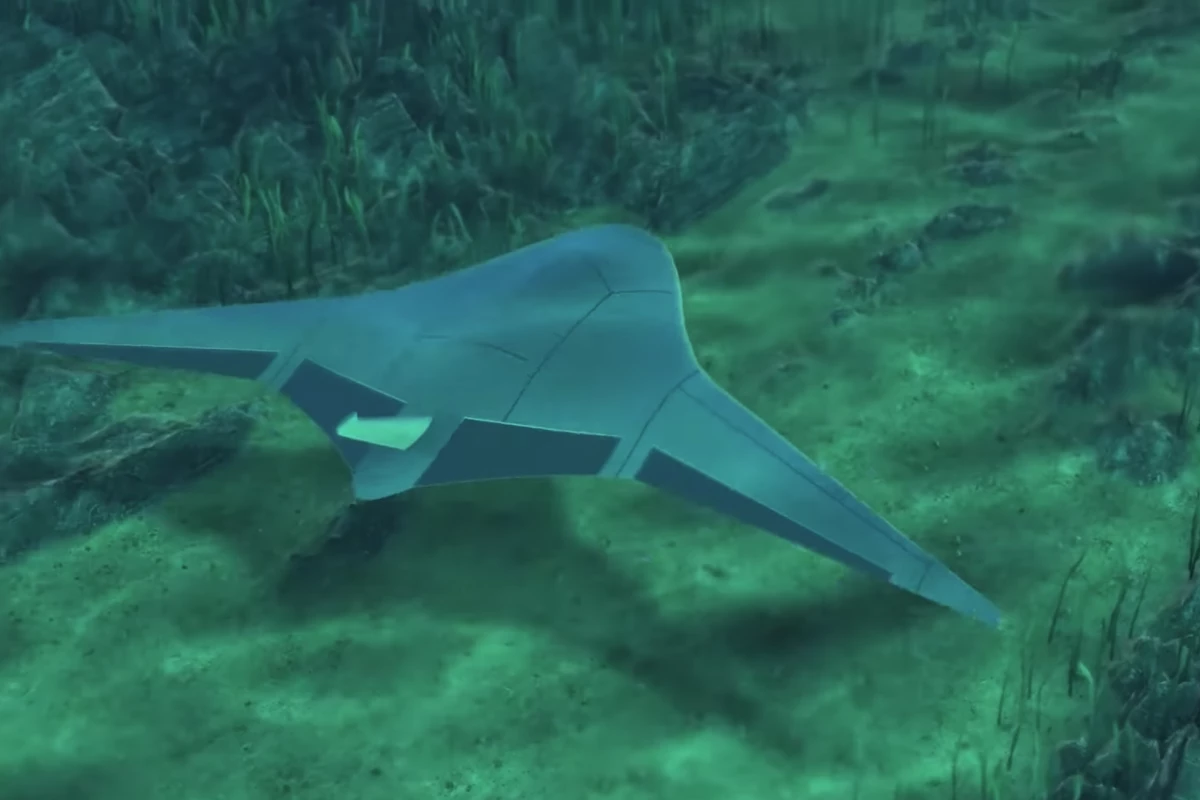DARPA has awarded Phase 2 contracts in its Manta Ray program, which aims to build a series of underwater drones capable of taking on long-range, long-endurance, autonomous ocean missions without any human support for charging, maintenance or logistics.
The two contractors chosen, Northrop Grumman Systems Corporation and Martin Defense Group, will each now build and present a full-size demonstration drone.
The mission profile here presents an impressive challenge; these machines need to be incredibly self-sufficient in a difficult environment. They'll need to be able to stop and charge up their own batteries, presumably harvesting energy from sub-sea currents. They'll need to be able to sense, label and avoid all manner of obstacles to avoid getting snagged in seaweed, scratched up by rocks and coral or stuck in crevasses.

They'll need to be highly corrosion-resistant to deal with the salt sea's ability to eat metal away, and capable of dealing with the broad range of micro- and macro-organisms that'll try to take up residence on the drone's surfaces.
And while doing all that, they'll need to be able to self-navigate, communicate with the surface, and carry meaningful mission payloads for potentially months on end, presumably while being very difficult to detect.
DARPA has produced a short video, which we feature below. It is not a very good video, but then, hey, it's DARPA. These guys don't need you, me or anyone else to think it looks cool.
Source: DARPA






